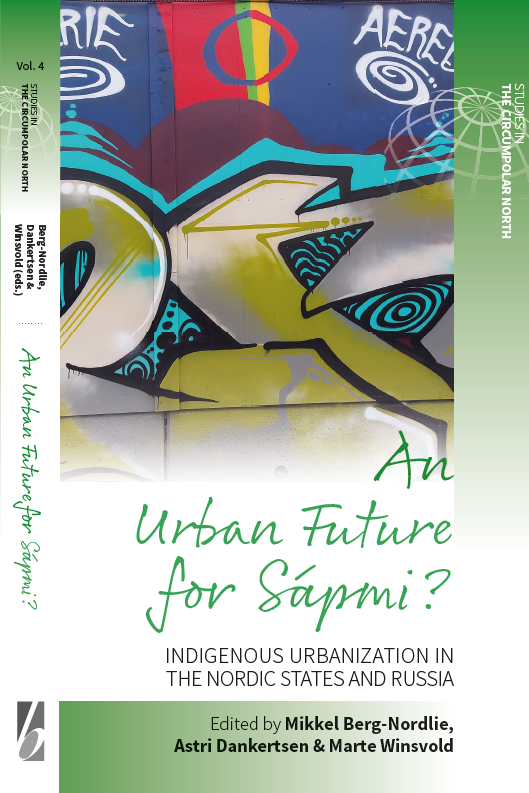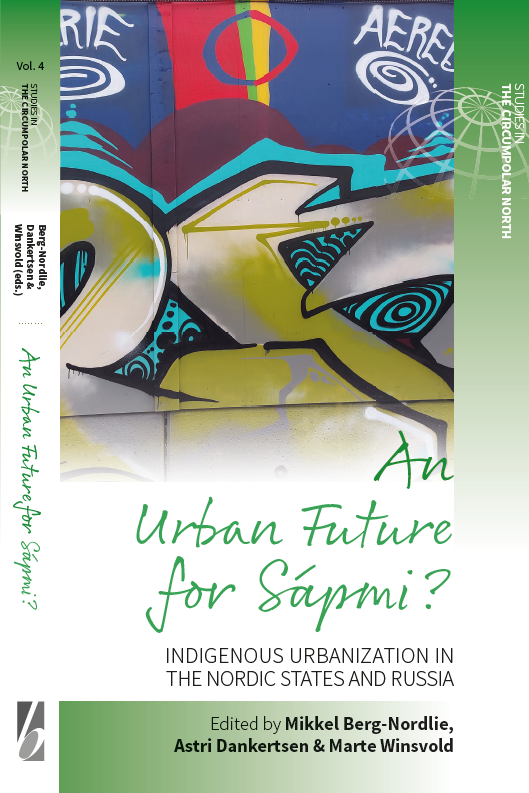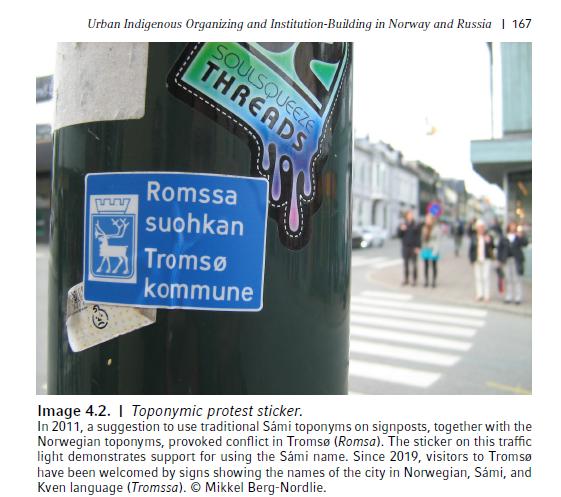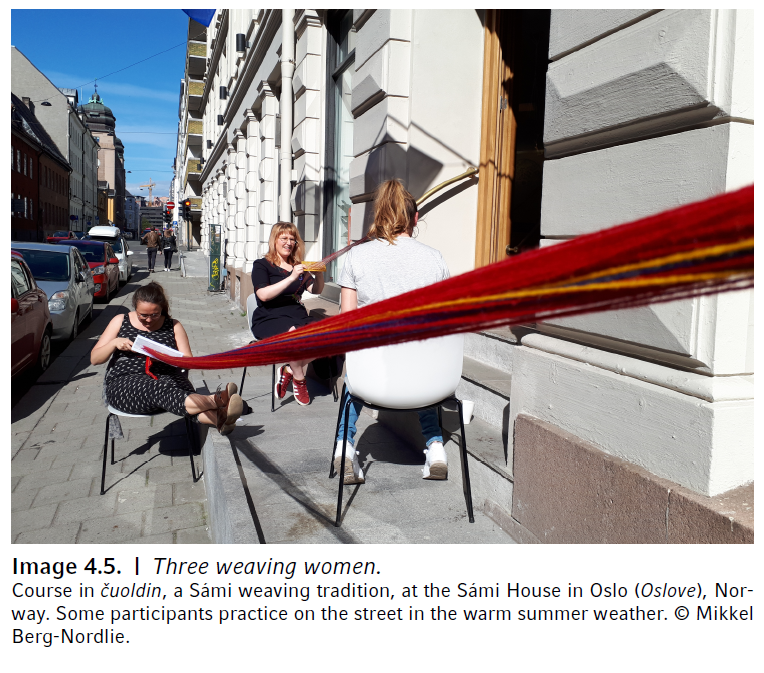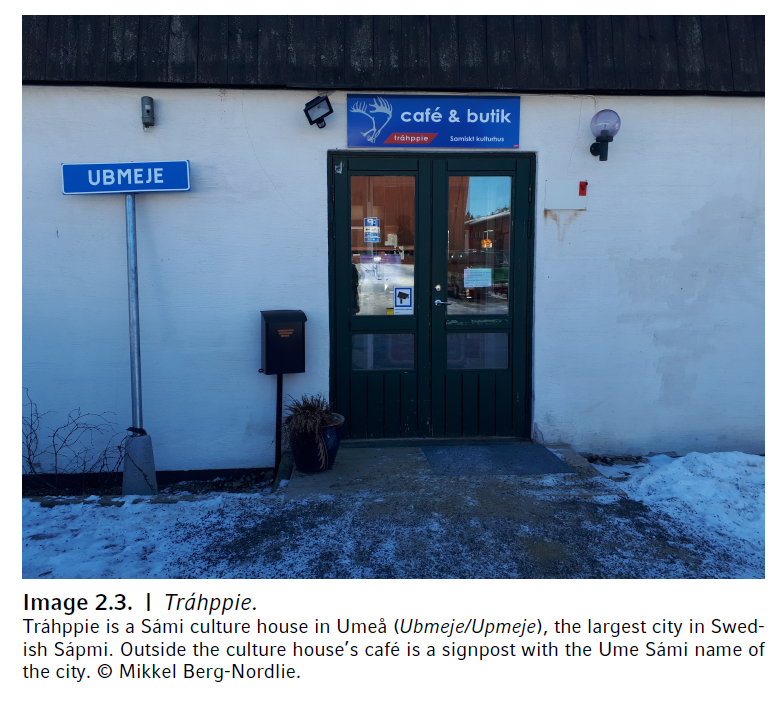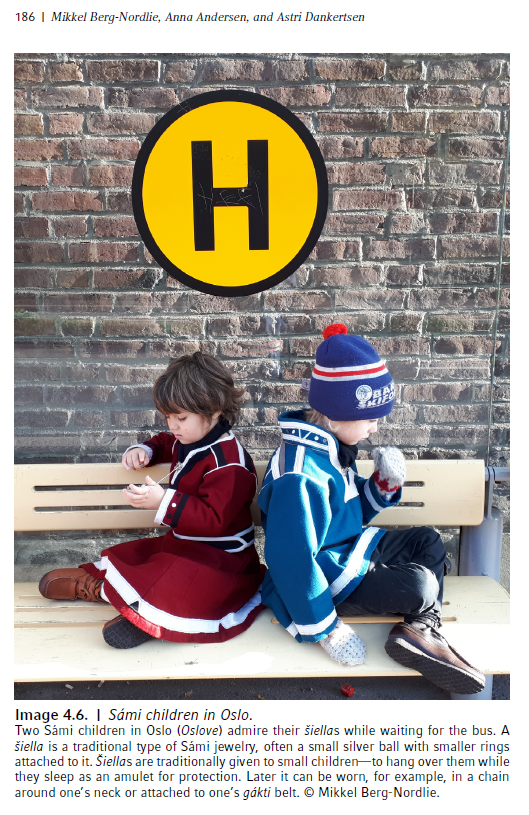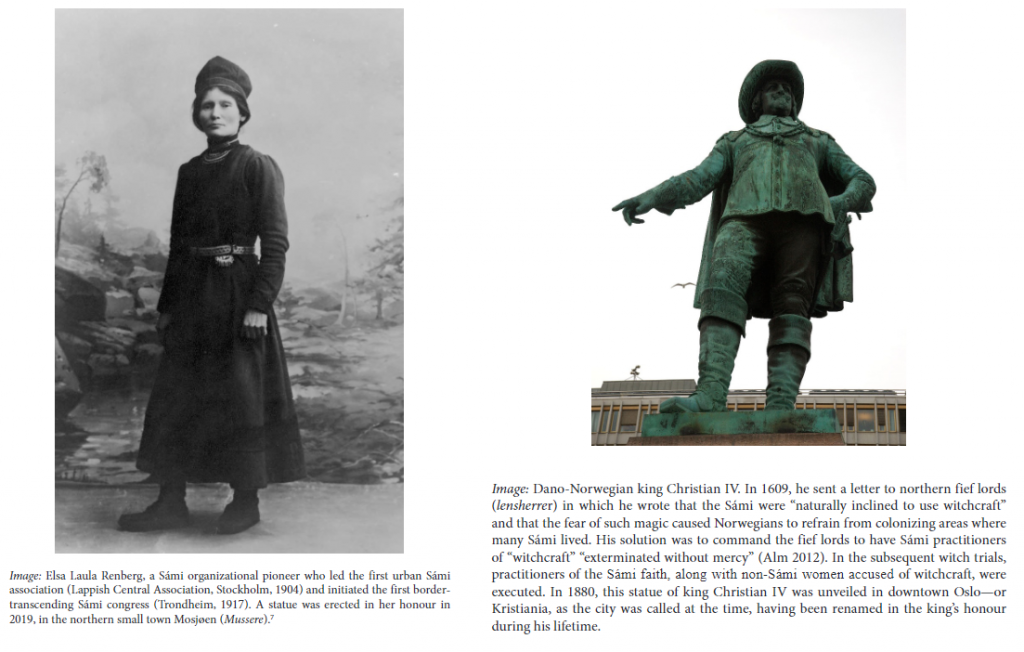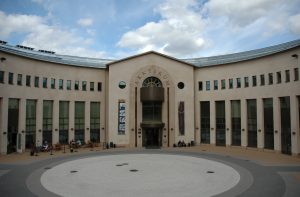Final program for the Tråante Conference at Sverresborg Museum in October 2017.
Presentations on October 19th will be predominantly in Norwegian, and on October 20th predominantly in English.
Following each researcher’s presentation, 15-20 minutes are set aside for open discussion.
Thursday October 19
- 09.00 Registration. Chair: Daniel Johansen.
- 09.30 Conference opens
- 09:40 Welcome speech by Saemien Studeenth Tråantesne – Trondheim Sámi Student Union. Presentation of the organization.
- 09:55 Kristin Strømsnes (Co-authors: Per Selle and Anne Julie Semb): “Er en urbanisering av den moderne urfolkspolitikken mulig?” [Is an urbanization of modern indigenous politics possible?]. Discussant: Astri Dankertsen.
- 10.40 Break – free coffee and fruit will be available
- 10:55 Mikkel Berg-Nordlie: “Urbane samiske rom – nettverking og konflikt rundt samiske arenaer i byer” [Urban indigenous spaces – networking and conflicts concerning the establishment of urban Sámi arenas]. Discussant: Anna Afanasyeva.
- 11:40 Torunn Pettersen og Jo Saglie: “Samer i byer og samer sør for Sápmi – om “nye” bosettingsmønstre som tema i valgprogram ved sametingsvalg i Norge” [Sámi in the cities and Sámi south of Sápmi – about «new» settlement patterns as a subject in election platforms during Sámi Parliament elections in Norway]. Discussant: Marte Winsvold.
- 12.30 Lunch – food may be bought in the cafeteria
- 13.00 Astri Dankertsen: «Skape rom for bysamiske identiteter» (Creating spaces for urban Sámi identities). Discussant: Daniel Johansen.
- 13.45 Keynote speech: “Urbanization of the Sami in Scandinavia: Between recognition and contestation?” by Torill Nyseth and Paul Pedersen. Discussant: Mikkel Berg-Nordlie and Tanja L. Joona.
- 16.00 Conference closes
Friday October 20
- 09.00 Registration. Chairs: Halvor Haugan
- 09.30 Welcome speech by Aili Keskitalo, President of the Norwegian Sámediggi.
- 09:45 Sverresborg Museum’s Sámi-oriented activity and Sámi urbanity in Trondheim by Ingeborg Collin Høgseth.
- 10:00 Tanja Joona: “Safeguarding Cultural Rights of Sámi Children and Youth in Finland with special emphasis to Identity – In Theory and Practice”. Discussant: Marte Winsvold
- 10.45 Break
- 11.00 Anna Afanasyeva: “Mechanisms of Sami cultural preservation in urban localities of the Murmansk region, North-West Russia”. Discussant: Mikkel Berg-Nordlie
- 11:45 Ellen Marie Jensen: “Indigenous Diasporic Communities in Urban America: Sámi Americans in Critical Alliance with Urban Indigenous Peoples in the USA”. Discussant: Anna Afanasyeva.
- 12:30 Lunch
- 13:00 Keynote speech: Dr. Chris Andersen: “I Met a Man Who Wasn’t There”: Indigenous Presences and Absences in Canadian and Scandinavian Capital Cities”. Discussant: Astri Dankertsen
- 16.00 Conference closes
- 18:00 – Researcher dinner
Researcher bios
Anna Afanasyeva, Phd fellow UIT- Arctic University of Norway, carries out research in her own community – the Sami of the Kola Peninsula. Afanasyeva has been involved in various project-related activities targeted at indigenous cooperation across the Northern borders, such as the project “Skolt Sami culture across borders” and ”Indigenous Entrepreneurship 2”, as well as community–based research such as documentation of endangered Sami languages of the Kola Peninsula. Her PhD project is devoted to analysis of assimilation of the Kola Sami in Russia through education policy, 1917– 1990.
Chris Andersen received his PhD in 2005 from the Department of Sociology at the University of Alberta and became a faculty member of the Faculty of Native Studies in 2000. In 2014, he was awarded Full Professorship. He is the former Director of the Rupertsland Centre for Métis Research and is currently the Dean of the Faculty. Dr. Andersen is the author of two books including, with Maggie Walter, Indigenous Statistics: A Quantitative Indigenous Methodology (Left Coast Press, 2013) and “Métis”: Race, Recognition and the Struggle for Indigenous Peoplehood (UBC Press, 2014). In 2015, the Native American and Indigenous Studies Association awarded “Métis” the “2014 Prize for Best Subsequent Book in Native American and Indigenous Studies” and in 2016, it was shortlisted for the 2015 Canada Prize. With Jean O’Brien, he also co-edited the recently published Sources and Methods in Indigenous Studies (Taylor & Francis, 2017). Andersen was a founding member of the Native American and Indigenous Studies Association Executive Council, is a member of Statistics Canada’s Advisory Committee on Social Conditions and is editor of the journal aboriginal policy studies. He was recently named as a Member of the Royal Society of Canada’s College of New Scholars, Artists and Scientists.
Mikkel Berg-Nordlie is a researcher (PhD) at the NIBR Institute for Urban and Regional Research at the Oslo and Akershus University College. His research is mainly on indigenous peoples’ and ethnic minorities’ political organizing, state-civil society interaction, representation, governance, and discourses. His research is mainly on Russia and the Nordic countries. Together with Jo Saglie and Ann Sullivan he has edited the book Indigenous politics: institutions, mobilization, representation (ECPR, 2015), and with Indra Øverland wrote the book Bridging Divides. Ethno-political leadership among the Russian Sámi (Berghahn Books, 2012). Together with Sabine Kropp, Aadne Aasland, Jørn Holm-Hansen and Johannes Schumann he has edited the upcoming book Governance in Russian Regions (Palgrave, 2018).
Astri Dankertsen is a postdoctoral research fellow at the Faculty for Social Sciences at Nord University, where she works on a project on psychiatry in Sápmi, with focus on youth, gender and Indigenous perspectives. She also is currently a research fellow of the project “An urban future for Sápmi? The influence of Sámi youth organizing and political networking on the Sámi policies of Nordic cities” (NUORGÁV). Her PhD thesis 2014 was about Sami everyday life in the Lule and Stuornjárga areas of Sápmi, Norway, seen from a post-colonial/affect theory perspective, with a focus on melancholia, loss and reconciliation.
Ellen Marie Jensen is a PhD research fellow in Indigenous studies in the department of language and culture at UiT – Arctic University of Norway. She holds master degrees in Indigenous Studies and English Literature and Cultural Studies. Jensen has also worked as a teacher, editor, and translator. She is the author of We Stopped Forgetting: Stories from Sámi Americans (2012) and the editor of What We Believe In: Sámi Religious Experience and Beliefs from 1593 to the Present (2015).
Tanja Joona is a Doctor of Social Sciences who works as a senior researcher at the Arctic Centre of the University of Lapland. Joona’s main research interests focus on comparative legal and political aspects of Sámi society and especially issues dealing with traditional livelihoods, international human rights law and identity questions. She has several positions of trust at the University of Lapland, e.g. member of the Arctic Centre Board. She is also the Chair of the Doctoral Programme “Communities and Changing Work”.
Torill Nyseth is a professor of social planning at UiT – Arctic University of Norway. Her field of research is place research, urban planning and local forms of governance. Together with Paul Pedersen she has edited the book City Saami and authored the article Urban Sámi Identities in Scandinavia.
Paul Henry Pedersen was a senior researcher at Norut AS until 2012. His fields of research have included labor market research, migration and ethnic relations. Among his latest publicatsions are the books Sápmi slår tilbake (“Sápmi strikes back”, 2012) and City Saami – Bysame eller same i byen (“City Saami – urban Sámi or Sámi in the city” (2015, with Torill Nyseth) and the article Urban Sámi Identities in Scandinavia: Hybridities, Ambivalences and Cultural Innovation (Acta Borealia, Vol 31, No 2. 2014, with Torill Nyseth).
Torunn Pettersen has a part time position as researcher at the Sámi University of Applied Sciences. She has a master in political science and a PhD in health science. Her research interests include conditions for gathering knowledge on Sami societal conditions, studies of Sami and other indigenous people’s living conditions, and Sami elections.
Jo Saglie has a doctoral degree in political science and is senior researcher at the Institute for Social research. His research interests include local elections, local democracy, political parties, elections to the Sami Parliament, and indigenous politics.
Kristin Strømsnes is professor at the Department of Comparative Politics, University of Bergen. She is also a senior researcher at Uni Research Rokkansenteret. Her research includes political participation and voluntary organization. She has co-authored the book «Den samiske medborgeren (The Sami Citizen)» (2015). She has published several articles on Sami identity, Sami civil society and Sami political participation.
Marte Winsvold is a political scientist (PhD) and researcher at the Institute for Social Research. Her research interests include political participation, local democracy, youth participation, and political leadership.
